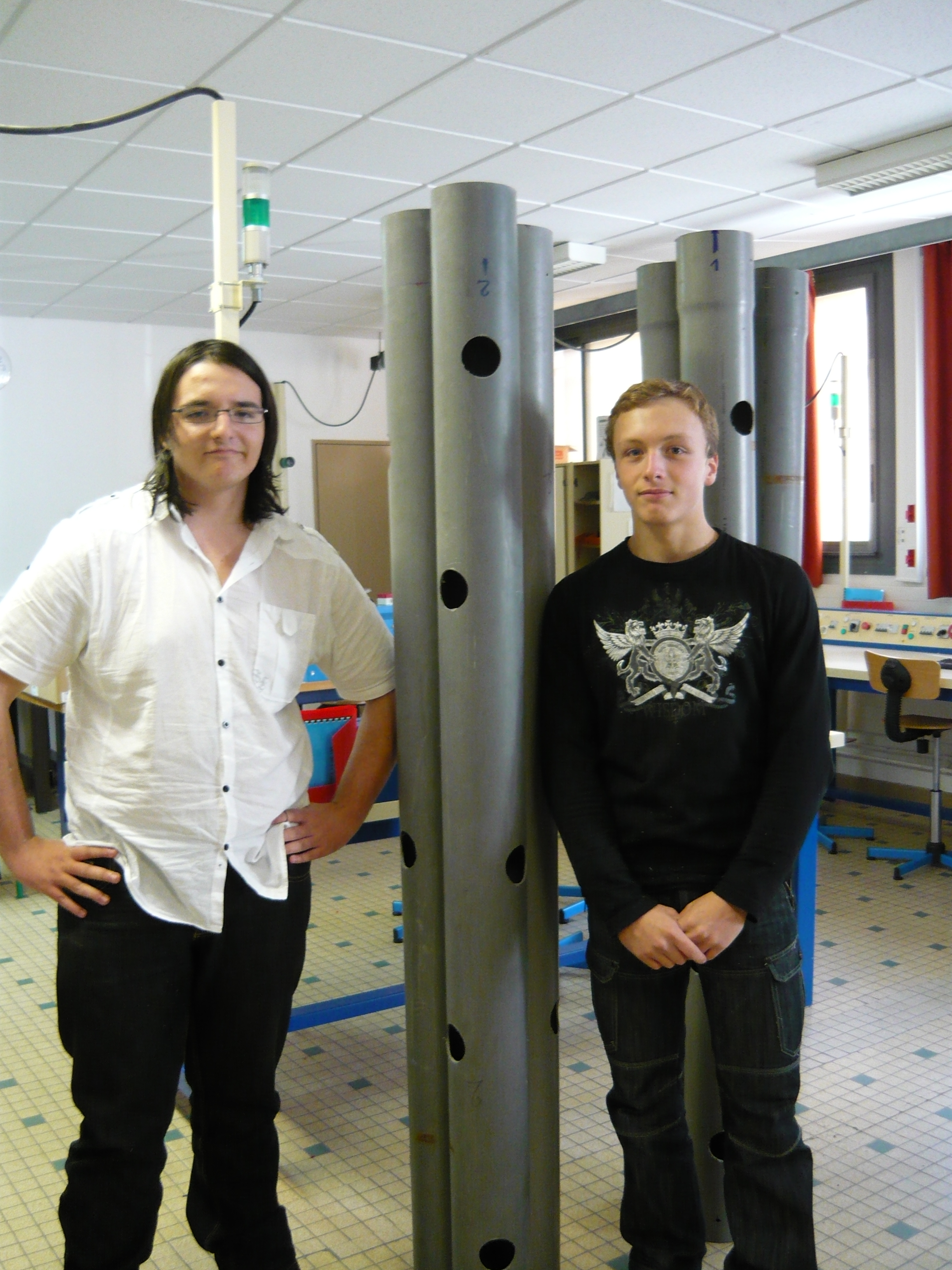 Composition and utility of a drift anchor
Composition and utility of a drift anchor
This type of anchor is used to track the drift of a body of water at
the surface and up to 1000 meters deep. In our case, we will
restrict ourselves to the maximum depth of 30 m for reasons of
reliability with affordable materials for our project.
The element that focuses all the attention, the actual buoy or float in
the shape of a sphere, contains the equipment that will allow us to
perform experiments in the marine environment. Then we have a very
strong structure called drag drogue which is kept immersed in the
chosen depth: they say it is anchored in the water body. To
maintain a relatively stable position relative to the vertical,
allowing measurements at relatively constant depths and follow the
currents at depth, it should put a sinker at the base of the
drogue.
However well-equipped buoy follows more or less vertical movement of
the surface while the drogue is essentially stationary. This
results in fatigue and wear of elements of the mooring line can cause
it to break. To reduce the risk of rupture between the anchor and
the buoy is used ropes from the Navy that absorb surges. If there
was rift between the buoy and the drogue, the electrical connection
with sensors in depth would be cut off and the temperature values
become outliers.
Structure of the buoy
The float is in the form of a very
strong sphere with a diameter
of 40 cm, volume 33.5liters, empty
weight 3.0 kg, it is made
of injection-molded
polypropylene (data CNES) .Gray, low radar
signature, it is particularly quiet to protect
it from damage.
This
buoy is held
closed by screws and nuts placed on
the periphery of the buoy and arubber
gasket seal guaranteed. However, in case
of infiltration of water, we have theidea
of a humidity
sensor in the ring so be warned of the approaching
end of the buoy...
The area at risk the buoy is located at
the passage of electric
cables liaising with theunderwater sensors. For
this part of the buoy, we
plan to put a stuffing box where the
cables go, all will
be drowned in the marine glue.
Inside the buoy on the
bottom, there will be
the HERA case, provided by
CNES, thebattery consists of 6
x R20 model, the antenna, plaque components such
as the following diagram :
 Drift anchor and mooring system
Drift anchor and mooring system
The buoy is equipped with a rope
system (more or less elastic) that aims
to keep thesea anchor to
the buoy while strengthening the seal thereof.
The sea anchor is made of three PVC
tubes such as gutters, about 4 meters
long,pierced through in order to
optimize the decision by the current.
Ballast

All of the buoy is submitted to
them as opposed to the forest diagram cons:
At equilibrium: F = P where P is the weight of
the system and F buoyancy. The volumeof
the buoy is 33.5 liter gold we
want the buoy is half submerged so Vimmergé about L=
17. The estimated mass
of the whole system without the weight to
16 kg. Howeverthis value is only
approximate and we will
weigh the buoy when fully completed.
P = F<=> msystems. g =? water. Vimmergé. g <=> mbouée mancre + + = mlest? water.Vimmergé
<=> = mlest? water. Vimmergé - (mbouée mancre +)
= 1.0. 17 to 16 = 1 kg.
Do not add almost a priori ballast.